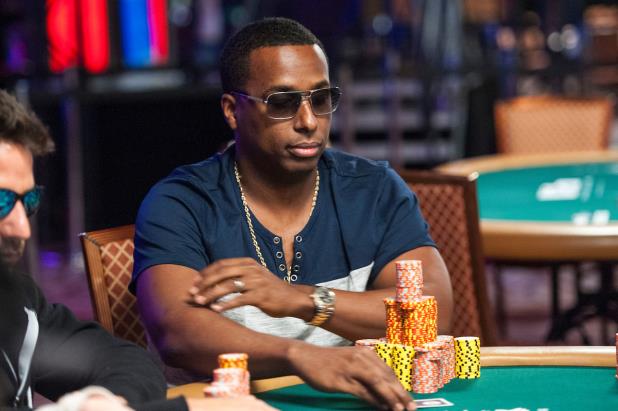News
INSIDE THE MARATHON: WSOP'S MINI-MAIN TESTS SKILL, ENDURANCE

It's early on Day 4 in Event #23 in the 2017 World Series of Poker, and the reasons why this $2,620 no-limit hold'em event is called “The Marathon” are becoming clear. Other than the Main Event itself, tourneys lasting longer than three days are relative rarities, and tension in the Marathon is just ramping up.
The event's 50 or so remaining players have been in the money for over a day, since the bubble burst early on Day 3. Yesterday's third of five scheduled days stretched well into the night and included 14 hours of play, with the pressure of the increasing blinds and rising payouts shaping the tournament's later stages.
It's all part of the Marathon's design, including plenty of chips to start and a flat structure encouraging skilled play. Almost universally, the players love the structure, even as the fatigue mounts.
Over at Table 726 in the Brasilia Room, where the Marathon resumed early Thursday, these topics are being discussed by two of the tourney's survivors, Darryl Ronconi and Saurabh Patel. Ronconi and Patel were both uncertain of whether or not to enter the event, given its demands, but have enjoyed it immensely. Both also shared some thoughts on the structure with the WSOP.
“I almost didn't get in because it was so deep,” noted Ronconi. “I'm in my third full day, actually starting a fourth day, and there's still a long way to go. But I'm enjoying the tournament tremendously.”
The grind? Yes, that's all part of it. “Yesterday was a 14-hour day, today's going to be a 14-hour day, so these are long days. You get very little sleep.” Ronconi, from Palatine, Illinois does have deep-stack experience to rely on, though, having made Day 6 of the Main Event back in 2013.
His tablemate, Patel, doesn't have as much experience, though he's just as enthusiastic about the Marathon format. Patel, from Staten Island, New York, is a relative newcomer to the WSOP, logging his first two career cashes in earlier 2017 WSOP events. Patel jumped into the Marathon right after being eliminated from the Millionaire Maker where he finished 841st for $2,469. “This is a great structure, with deep levels and starting stacks,” he said. Patel made the most of that late entry, climbing high on the leaderboard, but credited the Marathon's deep structure for allowing him to take his time when Day 2 didn't go as well.
Patel noted that he was used to such flattened formats, perhaps more so than some of his opponents. “It's not that big a deal. If you stretch past twelve hours, that's fine,” he added, though he joined Ronconi in noting that that's where the fatigue begins to mount. (Patel was eventually elimintated on Day, finishing 40th for $14,446.)
For veteran grinders, live or online, the Marathon plays to their strengths. As former bracelet winner Eric Baldwin said, “The structure is great. It's like a mini Main Event.”
Nearby, at Table 722, ten-time WSOP Circuit ring winner Maurice Hawkins shared similar thoughts and more. The talkative Hawkins was holding court at the table but took a moment to switch topics. “I love this tournament; it's great,” he started. The slow structure is just fine by him, too. “I don't believe in anything that comes too fast,” he ad-libbed.
Hawkins added, “If this tournament was anywhere else, thousands of people would show up to play it, but here at the WSOP it's just another event. 'Oh, it's too slow,' someone says. 'I want to lose my bankroll!'”
Hawkins need not worry about that himself. Those ten Circuit rings he owns lead that series' all-time list, though he remains one of the world's best players who's yet to collect WSOP bracelet gold. Maybe that changes here, in the Marathon; by mid-afternoon of Day 4, Hawkins had surged into the event's lead. As he noted, “I just pretend I'm playing a Circuit event every day.”

